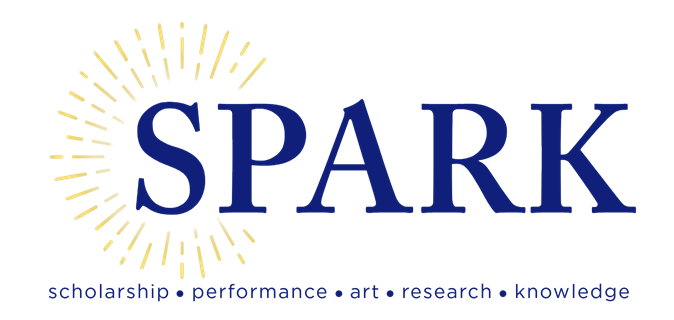
[Archive] Belmont University Research Symposium (BURS)
Cellular Supplements as a Potential Therapeutic for Riboflavin Transporter Deficiency
Publication Date
Spring 4-19-2023
College
Sciences and Mathematics, College of
Department
Biology, Department of
BURS Faculty Advisor
Felicity Sterling
Presentation Type
Poster Presentation
Abstract
Riboflavin Transporter Deficiency (RTD) is a neurodegenerative disorder that primarily impacts motor neurons. This neurodegenerative disease leads to loss of muscle function, which extends to loss of vision, hearing, eating, moving and ultimately breathing. The age of onset is highly variable ranging from infancy to adulthood, with most fatalities occurring within 10 years of onset. RTD is an autosomal recessive disease that results from the mutation of related proteins known as riboflavin transporter proteins. Riboflavin, also known as vitamin B2, is obtained through one’s diet, along with a minimal amount being synthesized by intestinal microflora. Riboflavin transporter proteins allow for the passage of riboflavin through the cell membrane, where it is used by mitochondria for the production of biological molecules FAD and FMN. These molecules play an integral role in energy production and metabolizing carbohydrates, lipids, and amino acids. In disease conditions, cells lack riboflavin transporter proteins due to a mutation in the SLC52A2 or SLC52A3 gene. These genes produce riboflavin transporter proteins RFVT2 and RFVT3, respectively. At this time, there are no treatments for RTD. Case studies and patient testimonies have shown that derivatives of vitamin B, along with cellular support supplements like ubiquinone, alpha lipoic acid, vitamin C and E, and multivitamins have decreased the severity of RTD symptoms. There have been no cellular studies to support these claims. As such, we have investigated how cells interact with these supplements in RTD conditions by examining mitochondrial dynamics. Results show that vitamin B2, vitamin B complex, and coenzyme Q10 lead to mitochondrial rescue in disease induced cells.
Recommended Citation
Pryor, Lauren and Sterling, Felicity, "Cellular Supplements as a Potential Therapeutic for Riboflavin Transporter Deficiency" (2023). [Archive] Belmont University Research Symposium (BURS). 221.
https://repository.belmont.edu/burs/221


